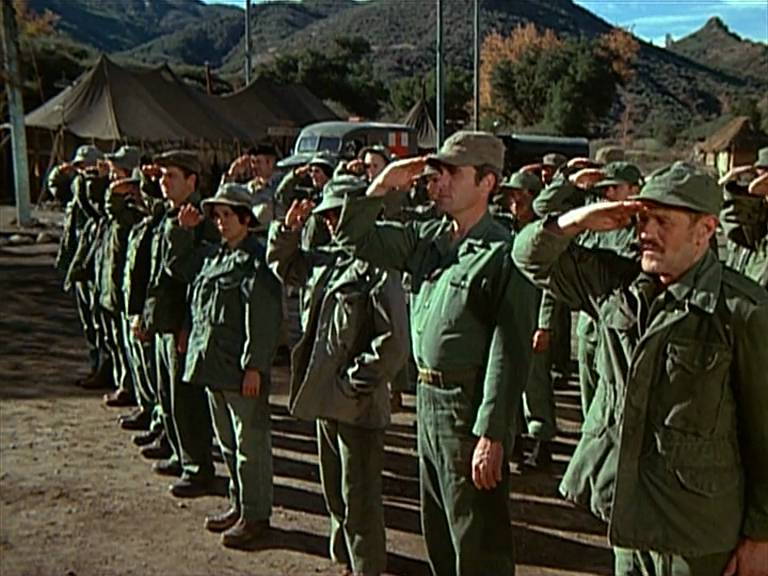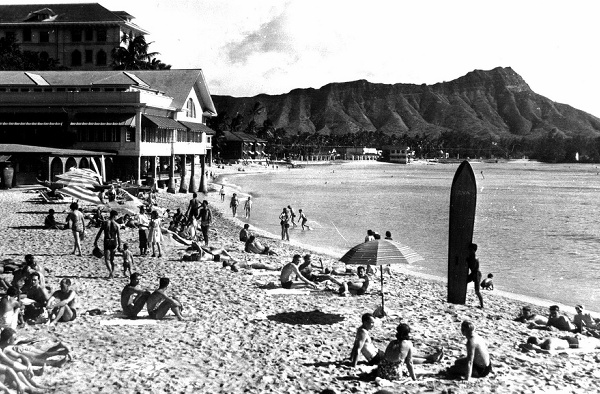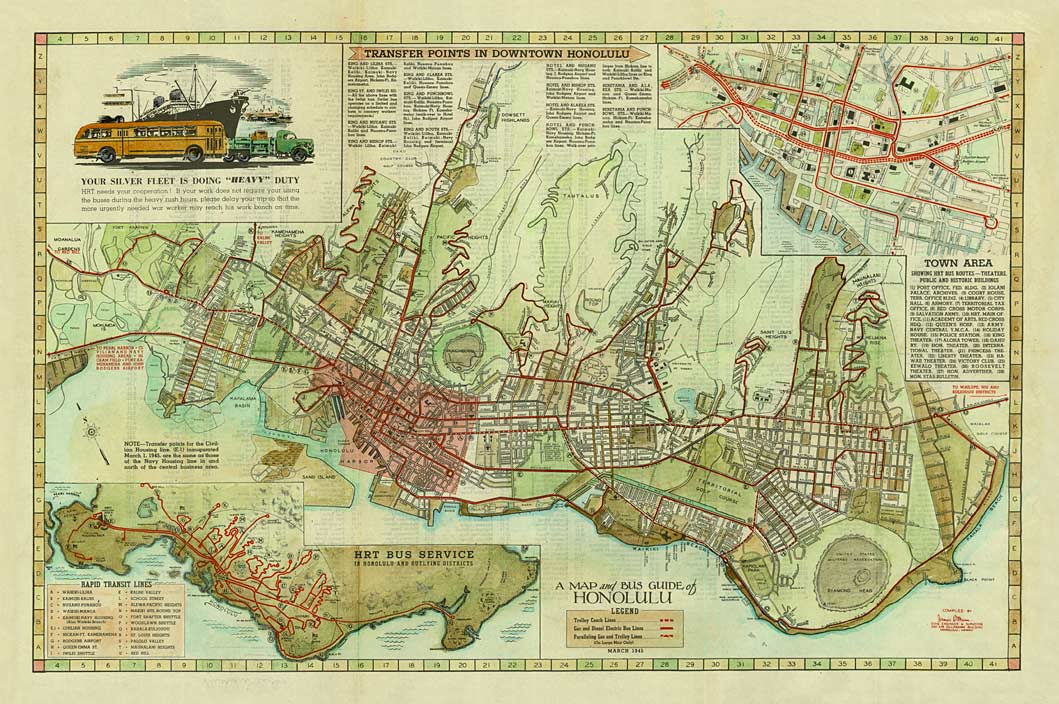It must be emphasized that X-Day: Japan is not an academic work. Still, we’re proud of the research and detail that went into it. Some readers have asked for more information about certain details, or for a longer list of references than in the bibliography.
In the margins of the main manuscript can be found links to many of the little facts that decorate the novel. We’ve compiled them into a list, sorted by the Tuttle journal dates in which each was found. A bunch of them are given below. The list will be completed in later installments.
July 16, 1945
FM 30-26 Regulations for Correspondents Accompanying U.S Army Forces in the Field,
– archive.org
July 19, 1945
Macarthur’s personal plane, and his assistants,
– donmooreswartales.com
– ozatwar.com
Flying across the Pacific in a hurry,
– wikipedia.org
– wikipedia.org
– uswarplanes.net
July 22, 1945
USO,
– archive.org
Hawaii – it’s history, economy, defenses, and outlook – as of late 1940,
– fortune.com
Prostitution in Hawaii,
– library.manoa.hawaii.edu
Actual USO show,
– gvnews.com
– abebooks.com
July 23, 1945
Training on Hawaii up in Camp Tarawa,
– Chuck Tatum, Red Blood, Black Sand
DE’s by class and commissioning year,
– ibiblio.org/hyperwar/
July 26, 1945
NATS,
– wikipedia.org
– vpnavy.org
FDR’s line crossing ceremony,
– ww2db.com
July 27, 1945
Marpi Airfield, Saipan,
– airfields-freeman.com
July 28, 1945
SB2C Helldiver,
– wikipedia.org
Marine close air support,
– ibiblio.org
July 29, 1945
Facilities and engineers in the Marianas,
– ibiblio.org
Floating dry-dock example,
– navsource.org
– navsource.org
Log of bombing missions from one group,
– 39th.org
July 30, 1945
458th Squadron, 33th Bomb Group,
– rootsweb.ancestry.com/~ny330bg/
mission log including radio report from Ray Clark,
– rootsweb.ancestry.com/~ny330bg/
August 3, 1945
Baseball in wartime,
– baseballinwartime.com
Navy reports on typhoon of June 1945 (Connie),
– history.navy.mil
USS Red Oak Victory, cargo ship AK-235 [MUSEUM SHIP],
– navsource.org
– navy.memorieshop.com
– richmondmuseum.org
Shortage of loading berths at Okinawa,
– Nimitz Gray Books [multiple references]
August 6, 1945
Yonabaru Naval Air Station,
– rememberingokinawa.com
Buckner Bay and Navy HQ buildings,
– rememberingokinawa.com
Sinking of the USS Indianapolis,
– history.com
August 9, 1945
Trial of Captain McVay of the Indianapolis,
– ussindianapolis.org
August 10, 1945
Active airfields on Okinawa, 1945,
– wikimedia.org
August 16, 1945
USO show on Okinawa,
– rememberingokinawa.com
Betty Hutton,
– bettyhuttonestate.com



